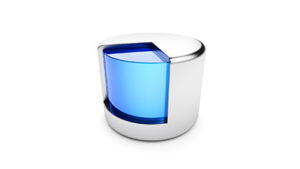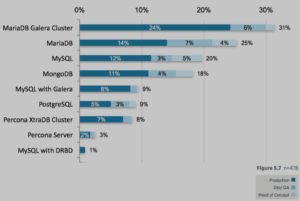
MariaDB Emerging as Default MySQL Option

(cybrain/Shutterstock)
After more than two years of development, the latest version of the Debian Project, a “universal” open-source operating system, was released over the past weekend. Organizers of the project also said the MariaDB server will replace MySQL as the default MySQL variant for the new version called Debian 9 “Stretch.”
MariaDB Corp. said Monday (June 19) the open source development community joins a growing list of Linux-based platforms now using MariaDB as their default MySQL option. Others include Red Hat Enterprise Linux, SUSE Enterprise Linux, and CentOS.
“With Debian’s adoption of MariaDB as its default MySQL variant, we expect further growth and engagement from our global community, which now has a reach of more than 60 million developers,” Roger Bodamer, MariaDB’s chief product officer claimed in a statement.
More than 3 million web sites currently run the Debian operating system. The latest Stretch version with MariaDB as the default relational platform also includes a mechanism for switching the database from MySQL to MariaDB. Access to new server features includes additional storage engines, the database vendor said.
The default database can be deployed on-premise or in private and public cloud infrastructure. Indeed, the company pointed to the most recent OpenStack user survey released in April that found more deployments being moving away from MySQL to MariaDB and others. MariaDB Galera Cluster (31 percent) and MariaDB (25 percent) ranked as the top two databases used for OpenStack components, the survey found. Of those, 24 percent and 14 percent, respectively, have entered production.
The OpenStack survey also found that 20 percent of those cloud deployments are running MySQL, with an estimated 12 running in production environments.
MongoDB ranked fourth in the OpenStack database survey, running on 18 percent of deployments. Those deployments were followed by: MySQL with Galera and PostgreSQL (both 9 percent); Percona XtraDB Cluster (8 percent); Percona Server (3 percent); and MySQL with DRBD (Distributed Replicated Block Device) at 1 percent.
The apparent embrace of MariaDB also reflects the steady shift to open source databases that run on bare metal servers, virtual machines and application containers along with public and private clouds.
The open source relational database vendor based in Menlo Park, Calif., is the open source successor to the popular MySQL database owned by Oracle Corp. (NYSE: ORCL). MariaDB moved late last year to take on rivals such as Teradata (NYSE: TDC) with the launch of a massively parallel processing column-store database.
Recent items:
MariaDB Takes on Teradata, Vertica with Column Store
Where Does InfinDB Go From Here?




























